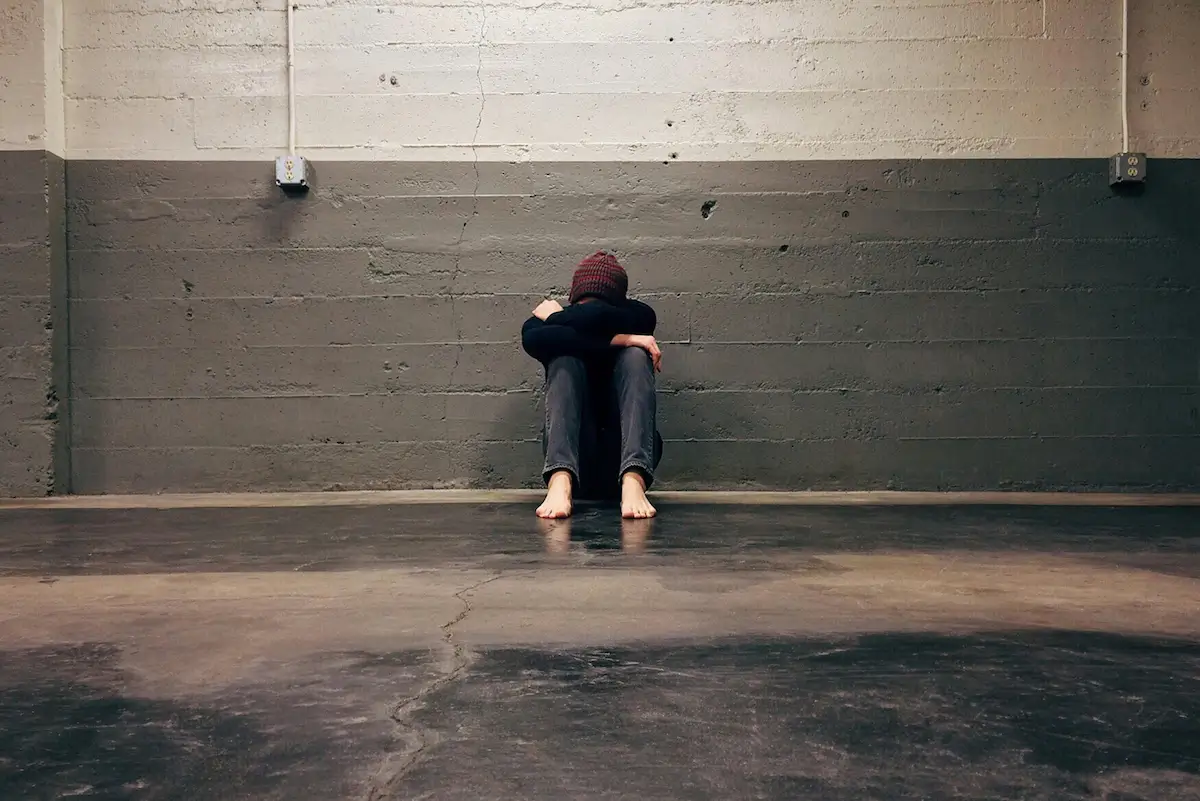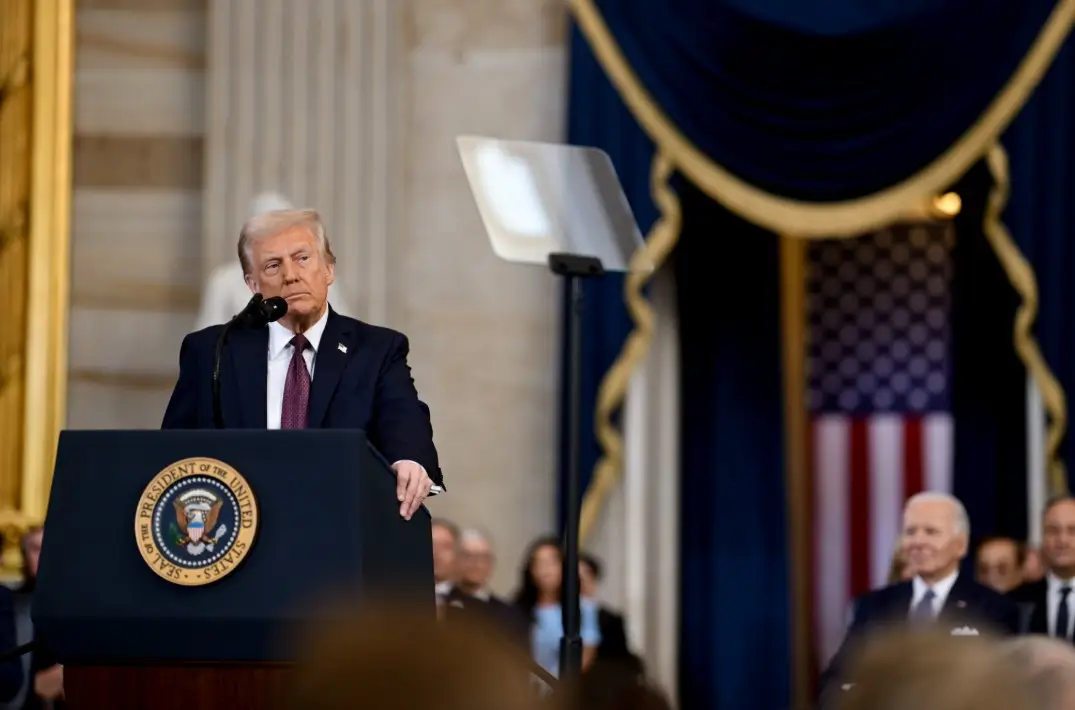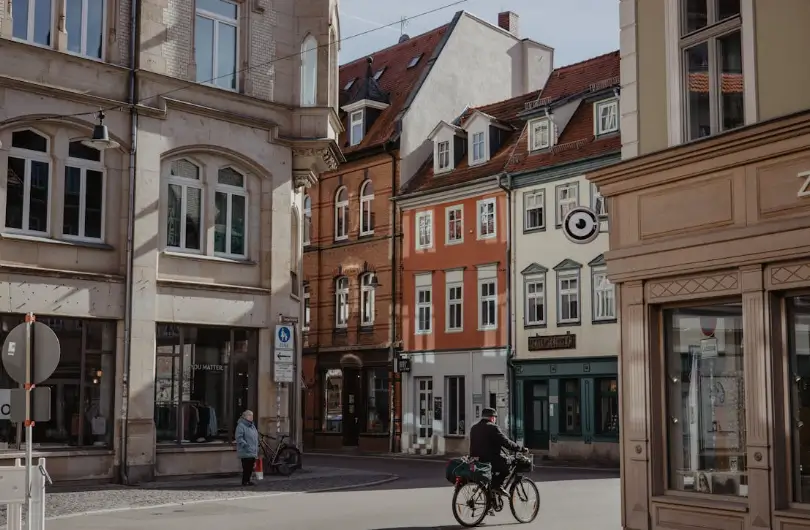Why Is Mass Transit So Unpopular?
You hear it all the time: “People just don’t like mass transit.”
But what if that’s not exactly true?
What if people don’t hate transit itself but rather the underfunded, inconvenient, and frustrating version of it that most American cities offer?
No one enjoys waiting 40 minutes for a bus in the rain, only to transfer to another bus that’s delayed, to get to a place that would’ve taken 10 minutes by car. No one wants to stand at a bare-bones bus stop with no bench, no lighting, no shelter, and no sense of safety. And it’s hard to feel enthusiastic about a rail system that doesn’t run at night or doesn’t serve the places where people actually live and work.
That’s not mass transit. That’s torture disguised as a service.
In cities around the world (places where transit is fast, frequent, and reliable...looking at you Seoul Metropolitan Subway) people use it. Happily. Not just people who “have to,” but people who choose to. Because when it’s done right, transit isn't just some sloppy secondhand backup to the automobile, it's the main protagonist to your favorite Spanish soap opera (American soap operas are not nearly as dramatic...prove me wrong)
So why does it seem so unpopular here?
We Designed It to Underperform
In many American cities, transit wasn’t built as a true mobility system. It was built to check a box.
Often, transit agencies are asked to provide “coverage” instead of “ridership.” That means routes are stretched thin to serve as many areas as possible, even if it means long waits, infrequent service, and transfers that are not timed properly. The result? A network that looks good on paper but feels unusable in practice.
We also tend to design our cities around cars first. Sprawling development, wide roads, missing sidewalks, all of it makes transit harder to access and less competitive. And when that transit fails to attract riders, we take it as proof that people just don’t want it, rather than asking if we gave them a reason to.
The Blame Game
There’s a long-standing habit in public discourse of blaming the rider. If ridership is low, it must be because people don’t want to ride buses. If people don’t like the experience, they must be “anti-transit.”
But what about the system?
What if the buses are old and uncomfortable? What if the stops aren’t accessible? What if the system doesn’t run when you need it, like at night, on weekends, or during shift changes?
We wouldn’t call a restaurant unpopular if it only opened three hours a day and served cold food. But somehow, we apply that logic to transit.
The Perception Gap
Another reason transit seems unpopular? Many decision-makers simply don’t use it. They don’t wait for the bus. They don’t transfer lines. They don’t navigate patchy weekend service.
So when the public asks for better transit, it can feel abstract to the people holding the purse strings. But for those who rely on it—low-income residents, seniors, students, people with disabilities—transit is essential. Not optional. Not a lifestyle choice. Just how they get where they need to go.
And when it works well, it benefits everyone. Fewer cars. Better air. Safer streets. More mobility options. But that only happens when we invest in systems that serve more than the bare minimum.
A Look Back: When Transit Was Popular
It wasn’t always like this. In the early 1900s, American cities were built around streetcars, not parking lots. Streetcar lines connected neighborhoods, downtowns, and job centers, and people relied on them daily. Public transit was normal, expected, even.
But that all started to change mid-century. A group of major corporations, including General Motors and Standard Oil, bought up transit systems across the country and replaced them with buses. Then came the 1956 Federal-Aid Highway Act, which poured billions into highways but left transit out in the cold. The car became king, and transit slowly became an afterthought.
That shift didn’t happen by accident. It was policy. It was profit. And it reshaped how Americans move.
Transit didn’t fall out of favor because people stopped liking it. It fell out of favor because we stopped building it to succeed.
So, What Can Be Done?
To change the public’s relationship with transit, we have to change how we build it. That means:
- Frequency – Buses that come every 10-15 minutes, not every hour.
- Connectivity – Routes that connect people to jobs, services, and each other.
- Infrastructure – Safe, accessible, and comfortable stops and stations.
- Reliability – Transit that runs on time, even when it rains.
- Priority – Bus lanes, signal priority, and street design that values people, not just cars.
It also means shifting the narrative. Mass transit isn’t unpopular, it’s underbuilt. Underfunded. Underserved. Under...just plain under.
If we gave people the kind of transit that works, they’d use it. Not everyone. Not everywhere. But far more than we see today. Transit would become a viable option to move, to explore, to not have to worry about traffic and instead use your time to edify yourself, work, relax, do whatever you want!
Because most people don’t hate transit. They just hate the version we keep giving them.
%20(1200%20x%20237%20px)%20(300%20x%2059%20px).webp)
.webp)

.webp)


